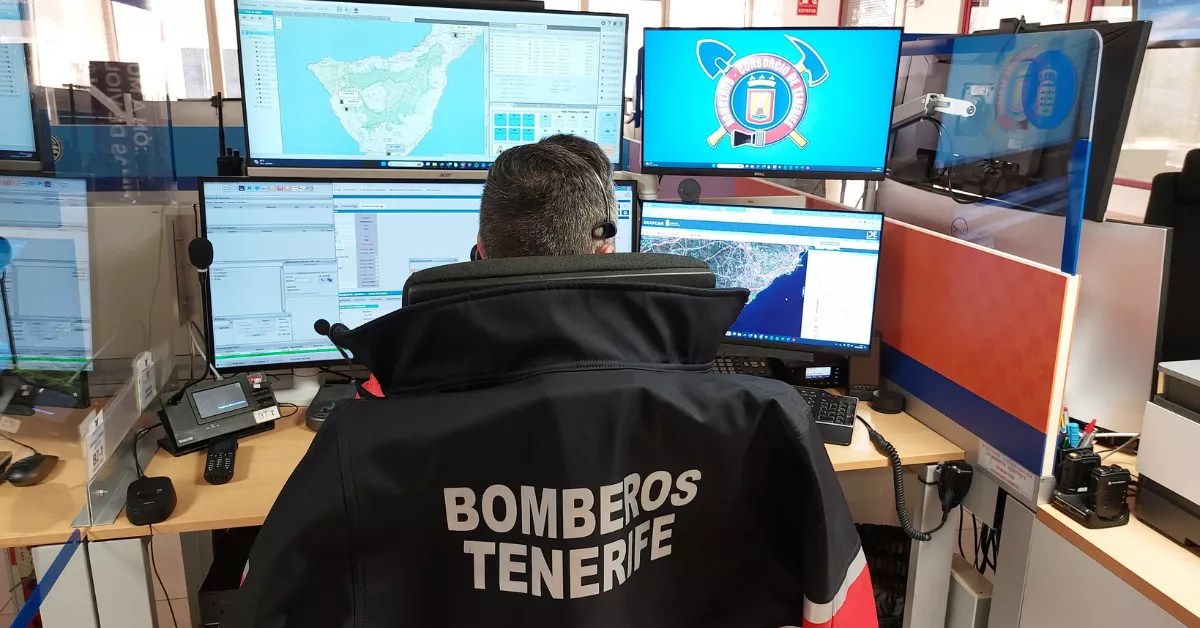With an investment of approximately 300 million euros, Cabildo de Tenerife is undertaking the most extensive renovation of its road infrastructure in history through a comprehensive plan aimed at modernisation and enhancement of roadways, focusing on safety, connectivity, and reduction of travel times.
In 2024 alone, this ambitious initiative has enabled work on around 400 of the 800 kilometres of roads managed by the local authority of Tenerife, marking an unprecedented transformation in island mobility. The interventions have been carried out in response to significant deterioration of the roads and longstanding requests from municipalities and residents.
According to the president of the Cabildo, Rosa Dávila, the safety of those travelling on the island is paramount. “Tenerife and its visitors should travel on safe roads, well-maintained, with clear signage and controlled gradients to prevent accidents. This plan not only enhances mobility but also protects lives,” she stated.
Moreover, the Insular Road Councillor, Dámaso Arteaga, emphasises the significance of this initiative to ensure ongoing maintenance of the road network, asserting that “maintaining infrastructure in optimal conditions is a continuous obligation. Beyond major projects, we strive to ensure that every road meets the safety and mobility standards required by the public.”
A crucial boost
San Cristóbal de la Laguna has emerged as one of the municipalities witnessing the most significant impact from these enhancements. With an investment of 24 million euros, the Cabildo has intervened at critical locations such as the TF-12 in Cruz del Carmen, a vital access route to the Anaga Rural Park, where paving, drainage, and signage have been upgraded with a budget of 3.7 million euros.
Additionally, 7 million euros has been allocated to the TF-13 in Tacoronte, La Laguna, and Canteras, enhancing connectivity and decreasing wait times during peak hours. Eight guaguas stops have also been modernised between Verdellada and Las Mercedes, with an investment of 470,000 euros, ensuring accessibility and comfort for public transport users.
One of the most significant projects has been the expansive pedestrian circuit of Father Anchieta, with an investment of 10 million euros. This initiative aims to alleviate congestion on the TF-5, benefiting around 20,000 students who travel through the area daily, and reducing vehicle wait times by as much as 30%. “This project not only assists drivers but also benefits pedestrians and the academic community. We aim for urban areas where mobility is more fluid and sustainable,” Dávila explained.
Improvements on the TF-1, the island’s main highway, have been essential. With an investment of 30 million euros, 24 kilometres have been rehabilitated thus far between Arico, Fasnia, and Güímar. Enhancements include resurfacing, acoustic barriers along the road margins, repainting of road markings, and installation of new safety barriers. “We recognise that the southern part of the island is one of the fastest growing areas, and these upgrades are crucial for enhancing connectivity and minimising travel times,” Arteaga highlighted.
Ongoing efforts
In addition, in January 2025, Cabildo Tenerife has allocated 6 million euros to further improve the island’s roads with several interventions targeting road surface rehabilitation, safety enhancements, and modernisation of key infrastructure. These investments aim to ensure efficient and secure mobility for both residents and visitors to Tenerife.
Among the initial actions planned for 2025, the Cabildo has approved several rehabilitation projects, including enhancements to the TF-28 between the sentry and Camella, in the municipality of Arona, with an investment of 1.6 million euros, the rehabilitation of the surface on TF-334 connecting Realejos, San Juan de la Rambla and La Guancha, with a budget of 1.3 million euros, and the renewal of the TF-215 linking Sauzal with La Matanza, with an investment of 1.2 million euros.
The commitment is profound overall. At the beginning of the year, the road department has initiated the tendering process for the drafting of eight road improvement and conditioning schemes, involving an investment of 1.2 million euros.
These initiatives aim to enhance safety for both vehicle and pedestrian traffic. The projects comprise improvements on the TF-272 between Barranco Grande and La Esperanza, TF-82 between Santiago del Teide and Tamaimo, TF-42 in Garachico, Los Silos and Buenavista, TF-134 in the Roque area of Las Bodegas in Santa Cruz de Tenerife, the old TF-13 at Agua de Dios Barranco in La Laguna, the pedestrian walkway on TF-29, and the TF-265 road in its stretch through Llano del Moro.
Simultaneously, the Cabildo has consolidated a total of 38 road improvement projects with a total investment exceeding 700,000 euros. These include resurfacing works, drainage improvements, signage, beaconing, and slope stabilisation on various roads of island significance. These efforts reflect Cabildo de Tenerife’s commitment to continue modernising the island’s road infrastructure, ensuring safer roads that are aligned with the needs of the community.
















